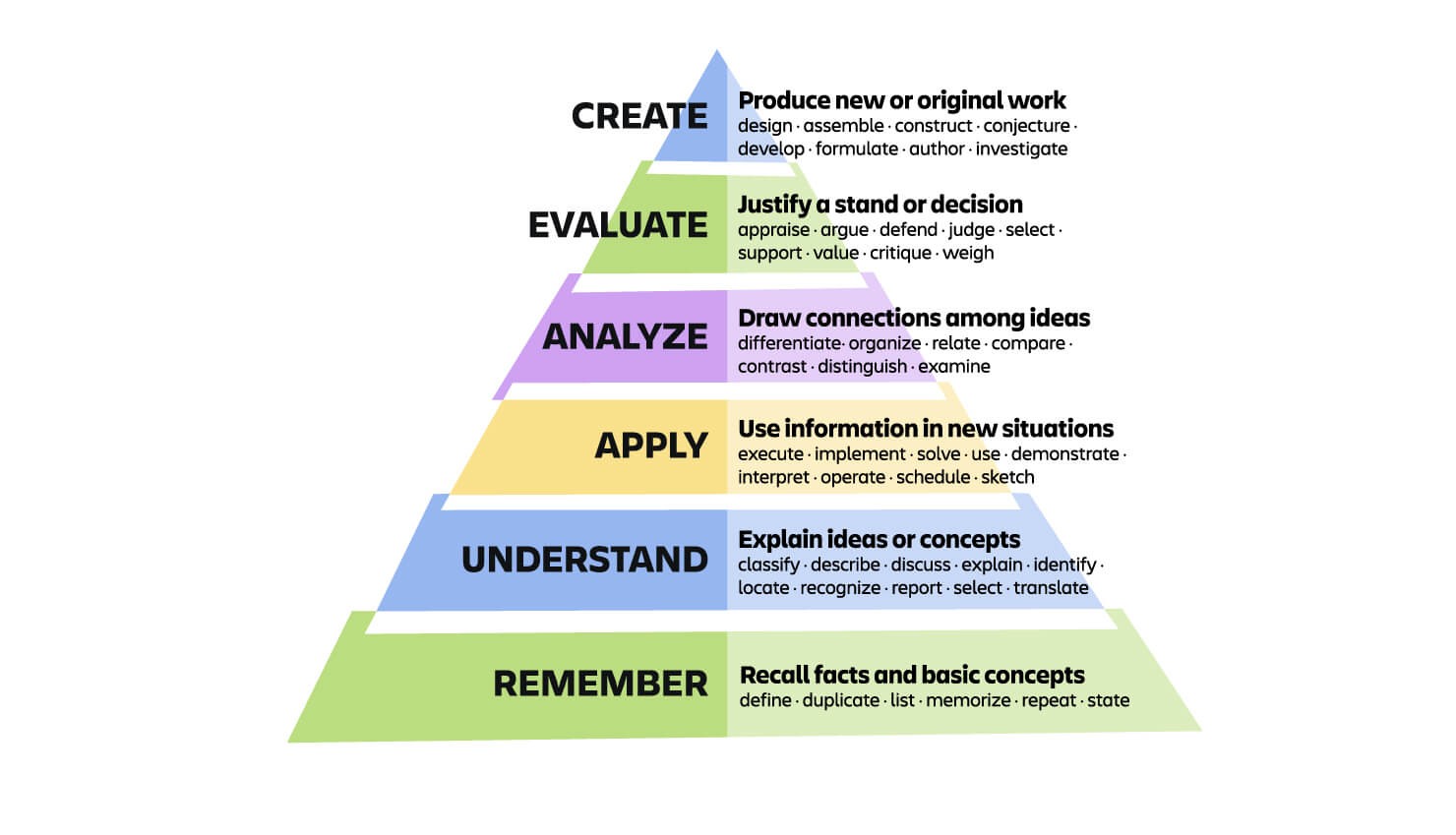Learning styles may feel intuitive, but do they actually enhance learning effectiveness? At LEARNS.EDU.VN, we explore the truth behind learning styles and provide proven strategies to maximize your learning potential using scientifically-backed methods and practical approaches. Discover how to move beyond perceived preferences and embrace methods that truly enhance knowledge retention and skill development, ensuring you achieve your educational and professional goals. Explore effective learning techniques, personalized study plans, and cognitive strategies at LEARNS.EDU.VN.
1. Understanding Learning Styles: A Historical Perspective
The idea that people learn differently has been around for centuries. Aristotle noted that tailoring approaches to prior knowledge and experiences could benefit individual learners.
In the 1970s, the concept of learning styles gained traction. It was thought that understanding one’s preferred learning style could lead to greater academic success. This idea appealed to both students and educators.
1.1. Popular Learning Style Frameworks
Several frameworks emerged, aiming to categorize how people learn best.
- VAK Model: Proposed by educational psychologist Walter Burke Barbe and his colleagues, this model identified three primary ways of learning: visual, auditory, and kinesthetic (movement and touch).
- VARK Model: New Zealand teacher Neil D. Fleming expanded on the VAK model by adding “reading/writing” as a learning style, creating the VARK framework.
VARK Learning Styles
| Learning Style | Description |
|---|---|
| Visual | Absorbs information best through pictures, charts, and diagrams. |
| Auditory | Prefers listening, such as lectures, group discussions, or conversations. |
| Reading/Writing | Takes in new information effectively by reading and writing notes. |
| Kinesthetic | Learns best through physical experiences, hands-on work, or touching objects they are learning about. |


Many people believed that individuals had a single primary learning style based on the VARK model. However, scientific evidence has increasingly challenged this notion.
1.2. Debunking the Myth of Learning Styles
Research suggests that the VARK framework and the broader concept of learning styles lack substantial evidence.
In a 2018 Scientific American article, Professor of Psychology Cindy May stated, “A recent review of the scientific literature on learning styles found scant evidence to clearly support the idea that outcomes are best when instructional techniques align with individuals’ learning styles. In fact, there are several studies that contradict this belief. It is clear that people have a strong sense of their own learning preferences (e.g., visual, kinesthetic, intuitive), but it is less clear that these preferences matter.”
This indicates that while people may have preferred ways of learning, these preferences do not necessarily translate to improved learning outcomes.
2. The Reality of Learning: Preferences vs. Effectiveness
While learning styles focus on how individuals prefer to receive information, it’s essential to differentiate between preference and effective learning strategies.
Atlassian’s Head of Customer Education, Marshall Walker Lee, and Senior Learning Experience Designer, Ellen Walter, suggest that ease of learning is often mistaken for effectiveness.
2.1. The Illusion of Easy Learning
Ellen Walter explains, “People think that if learning is easy, it’s effective. Research shows the opposite is true: Feeling challenged actually helps information stick in our minds.”
Research indicates that when learning feels difficult, it can lead to better retention and understanding. This counterintuitive idea suggests that struggling with new information encourages deeper cognitive processing.
2.2. Focusing on Engagement, Not Just Preference
Marshall Walker Lee notes, “Knowing learning preferences is most helpful for getting someone’s attention, not achieving better outcomes. For example, we know a lot of people prefer learning by watching, so with Atlassian’s customer education materials, we present videos to pique their interest, then pull them deeper into the learning experience.”
Using preferred methods to initially engage learners can be a useful strategy. However, the key is to move beyond mere preference and employ techniques that actively enhance knowledge retention and comprehension.
3. Evidence-Based Approaches to Effective Learning
While learning styles may not directly impact outcomes, several research-backed models and frameworks can significantly improve learning effectiveness.
3.1. Bloom’s Taxonomy: A Foundation for Learning
Dating back further than VARK, Bloom’s Taxonomy classifies different levels of learning, suggesting that mastering lower levels is essential for achieving higher levels of knowledge.
Bloom’s Taxonomy Levels
| Level | Description |
|---|---|
| Remembering | Recalling basic facts and concepts. |
| Understanding | Explaining ideas or concepts. |
| Applying | Using information in new situations. |
| Analyzing | Drawing connections among ideas. |
| Evaluating | Justifying a stand or decision. |
| Creating | Producing new or original work. |
Marshall Walker Lee explains, “Bloom’s Taxonomy basically says the best evidence that you know something is that you can teach it.”
3.2. The 70-20-10 Learning Model
This model proposes that adults learn through three primary channels:
- 70% from hands-on experiences
- 20% from interactions with others
- 10% from formal learning
The 70-20-10 Learning Model
| Learning Channel | Description |
|---|---|
| Experiences | Learning from on-the-job experiences, challenges, and assignments. |
| Interactions | Learning from interactions with colleagues, mentors, or coaches. |
| Formal Learning | Traditional methods such as classroom training, workshops, or reading materials. |
3.3. Additional Learning Theories
Other theories, such as the Kirkpatrick Model, performance-based learning, and Malcolm Knowles’ adult learning theory, offer valuable insights into effective learning strategies.
While these frameworks serve as helpful starting points, understanding the learner’s unique context, readiness, motivation, and application of new knowledge is crucial for achieving optimal outcomes.
4. Modern Approaches to Instructional Design
As our understanding of learning has evolved, instructional design has incorporated principles of user experience (UX) design and design thinking.
4.1. Integrating UX Design and Design Thinking
These concepts emphasize empathizing with user needs and defining goals before creating and refining solutions.
Marshall Walker Lee notes, “It’s not that the ‘old way’ of doing instructional design has changed, but rather, the discipline has expanded. We can learn from the principles of UX design. And when you combine UX design with instructional design, that’s when really powerful things happen.”
By integrating UX design with instructional design, educators can create more engaging and effective learning experiences.
5. Practical Tips for Enhancing Learning Effectiveness
To expand your knowledge and achieve more, consider these four key tips recommended by experts.
5.1. Cultivate a Culture of Learning
Embracing iteration, progress over perfection, and creating a psychologically safe environment are essential for building a culture of learning. Leaders should model this culture by investing in and supporting learning initiatives.
5.2. Dedicate Time and Space for Learning
Intentionally set aside time for training and upskilling regularly. This could involve taking new courses, scheduling feedback sessions, or implementing rituals like sprint retros.
Encourage knowledge sharing to improve collective intelligence, deepen comprehension, and foster creativity.
5.3. Seek Relevant, Connection-Fostering Programs
Marshall Walker Lee highlights connectivism and andragogy as compelling learning philosophies.
- Connectivism: Learning is a continuous process of creating connections between information and experiences.
- Andragogy: Adults are self-directed learners motivated by intrinsic factors, preferring relevant learning experiences.
Look for professional development programs that align with these principles, leveraging online communities and knowledge-sharing platforms.
5.4. Employ Proven Learning Methods, Even When Challenging
Learning is often difficult, but challenges can enhance retention. Validate knowledge and skills using proven strategies instead of relying solely on comfortable preferences.
In Customer Education, we use knowledge of preferences to grab a learner’s attention and get them engaged in learning. But our goal is to equip learners with the knowledge and skills they need regardless of rigid preference categories.
6. Effective Learning Strategies: Practical Examples
Adopt strategies that move beyond mere preferences and enhance learning outcomes.
6.1. Spaced Repetition
Spaced repetition involves reviewing material at increasing intervals. This technique leverages the spacing effect, which suggests that information is better retained when study sessions are spaced out over time rather than crammed together.
How to Implement Spaced Repetition
- Initial Review: Review the material shortly after the initial learning session.
- Increasing Intervals: Gradually increase the time between reviews. For example, review the material again after one day, then after three days, then after one week, and so on.
- Active Recall: During each review session, actively try to recall the information before looking at your notes or the source material. This strengthens memory retrieval.
- Tools: Use flashcards or digital tools like Anki to manage spaced repetition schedules.
Benefits
- Enhanced long-term retention
- Improved recall speed
- Reduced forgetting
6.2. Interleaving
Interleaving involves mixing different subjects or topics during study sessions. Instead of blocking study (focusing on one topic at a time), interleaving forces your brain to actively discriminate between different concepts, improving understanding and retention.
How to Implement Interleaving
- Mix Topics: Alternate between different subjects or topics during a study session. For example, if you are studying math, history, and science, switch between them every 20-30 minutes.
- Avoid Blocking: Do not study one topic exclusively until you feel you have mastered it.
- Practice Problems: Use mixed practice problems to further reinforce learning.
Benefits
- Improved problem-solving skills
- Better discrimination between concepts
- Enhanced long-term retention
6.3. Active Recall
Active recall is a learning technique that involves actively retrieving information from memory rather than passively rereading or reviewing material. This strengthens memory traces and improves long-term retention.
How to Implement Active Recall
- Questioning: After learning new material, ask yourself questions about it.
- Self-Testing: Regularly test yourself on the material without looking at your notes.
- Flashcards: Use flashcards to quiz yourself on key concepts.
- Elaboration: Explain the material in your own words.
Benefits
- Strengthened memory retrieval
- Improved understanding
- Better long-term retention
6.4. Elaboration
Elaboration involves connecting new information to existing knowledge. By explaining and describing concepts in your own words and relating them to personal experiences, you create more meaningful and memorable associations.
How to Implement Elaboration
- Explain in Your Own Words: After learning something new, try to explain it in your own words as if you were teaching it to someone else.
- Relate to Personal Experiences: Connect new information to personal experiences or examples.
- Create Analogies: Use analogies or metaphors to help understand and remember complex concepts.
Benefits
- Deeper understanding
- Improved memory
- Enhanced ability to apply knowledge
6.5. Dual Coding
Dual coding involves combining verbal and visual information to enhance memory and understanding. By representing information in both visual and verbal forms, you create two different pathways for retrieval, making it easier to remember.
How to Implement Dual Coding
- Use Images: When studying, use diagrams, charts, and illustrations to represent concepts visually.
- Create Mental Images: Form mental images of the information you are trying to learn.
- Combine Text and Visuals: Use text and visuals together in your notes and study materials.
Benefits
- Improved memory
- Enhanced understanding
- Better recall
6.6. Concrete Examples
Using concrete examples to explain abstract concepts can make learning more accessible and understandable. Concrete examples provide a tangible way to connect with new information, making it easier to grasp and remember.
How to Implement Concrete Examples
- Relate to Real-World Situations: Connect abstract concepts to real-world situations or scenarios.
- Use Case Studies: Use case studies to illustrate how concepts are applied in practice.
- Provide Specific Instances: Provide specific instances or examples to clarify abstract ideas.
Benefits
- Improved comprehension
- Enhanced retention
- Increased engagement
By applying these techniques, learners can move beyond perceived preferences and embrace methods that truly enhance knowledge retention and skill development.
7. LEARNS.EDU.VN: Your Partner in Effective Learning
At LEARNS.EDU.VN, we are committed to providing resources and strategies that enhance your learning journey. We offer personalized study plans, effective learning techniques, and resources to help you achieve your academic and professional goals.
7.1. Overcoming Learning Challenges
We understand the difficulties in finding reliable and high-quality learning materials. Our platform offers detailed guides and easy-to-understand explanations to simplify complex concepts.
7.2. Providing Expert Guidance
LEARNS.EDU.VN connects you with educational experts and offers clear learning paths to help you start learning new skills effectively.
Visit LEARNS.EDU.VN to explore our courses and discover how to optimize your learning potential. Contact us at 123 Education Way, Learnville, CA 90210, United States, or via Whatsapp at +1 555-555-1212.
8. The Enduring Quest for Knowledge
Even after decades of mastery, the great artist Michelangelo said, “Ancora imparo”: I am still learning.
Learning nourishes your mind and enhances your value to your team. By continually learning and sharing knowledge, we expand our collective wisdom and achieve more together.
9. FAQ: Learning Styles and Effective Learning
9.1. What are learning styles?
Learning styles are theories suggesting that individuals learn best when information is presented in a way that aligns with their preferred method, such as visual, auditory, or kinesthetic.
9.2. Do learning styles really work?
Scientific evidence indicates that aligning teaching methods with learning styles does not significantly improve learning outcomes. Preferences exist, but effective learning involves strategies that challenge the learner.
9.3. What is the VARK model?
VARK is a framework that categorizes learning styles into Visual, Auditory, Reading/Writing, and Kinesthetic. It suggests that individuals have a primary learning style that dictates how they best absorb information.
9.4. What are effective learning strategies supported by research?
Effective strategies include spaced repetition, interleaving, active recall, elaboration, dual coding, and using concrete examples.
9.5. How does Bloom’s Taxonomy enhance learning?
Bloom’s Taxonomy classifies learning levels from basic recall to creating new work. Mastering each level sequentially is essential for deep understanding and application.
9.6. What is the 70-20-10 learning model?
This model suggests that adults learn 70% from experiences, 20% from interactions, and 10% from formal learning.
9.7. How can I build a culture of learning?
Create a psychologically safe environment, embrace a growth mindset, and support learning initiatives. Encourage knowledge sharing and provide time for training and upskilling.
9.8. What is connectivism?
Connectivism is the theory that learning is a continuous process of creating connections between information and experiences.
9.9. What is andragogy?
Andragogy is the study of adult learning, emphasizing that adults are self-directed learners motivated by intrinsic factors.
9.10. Where can I find resources for effective learning strategies?
Visit LEARNS.EDU.VN for personalized study plans, learning techniques, and expert guidance to optimize your learning potential.
By embracing effective learning strategies and continuously seeking knowledge, you can unlock your full potential and achieve your goals. Visit learns.edu.vn to start your journey today.

